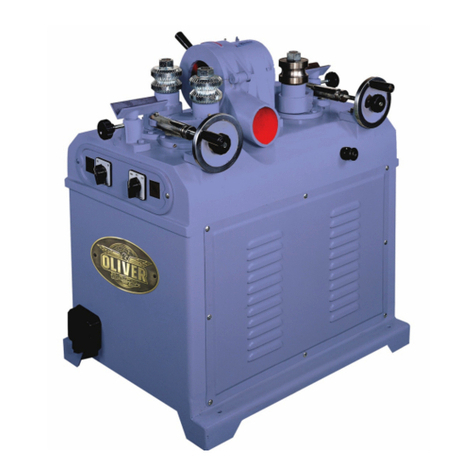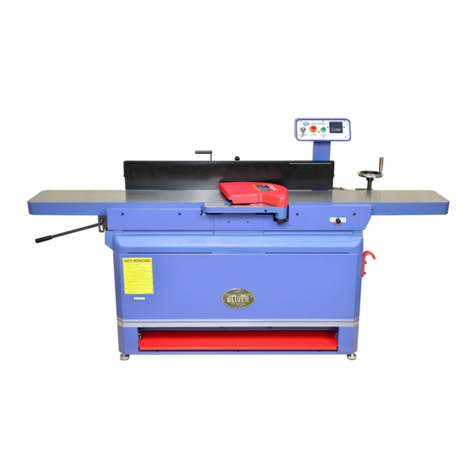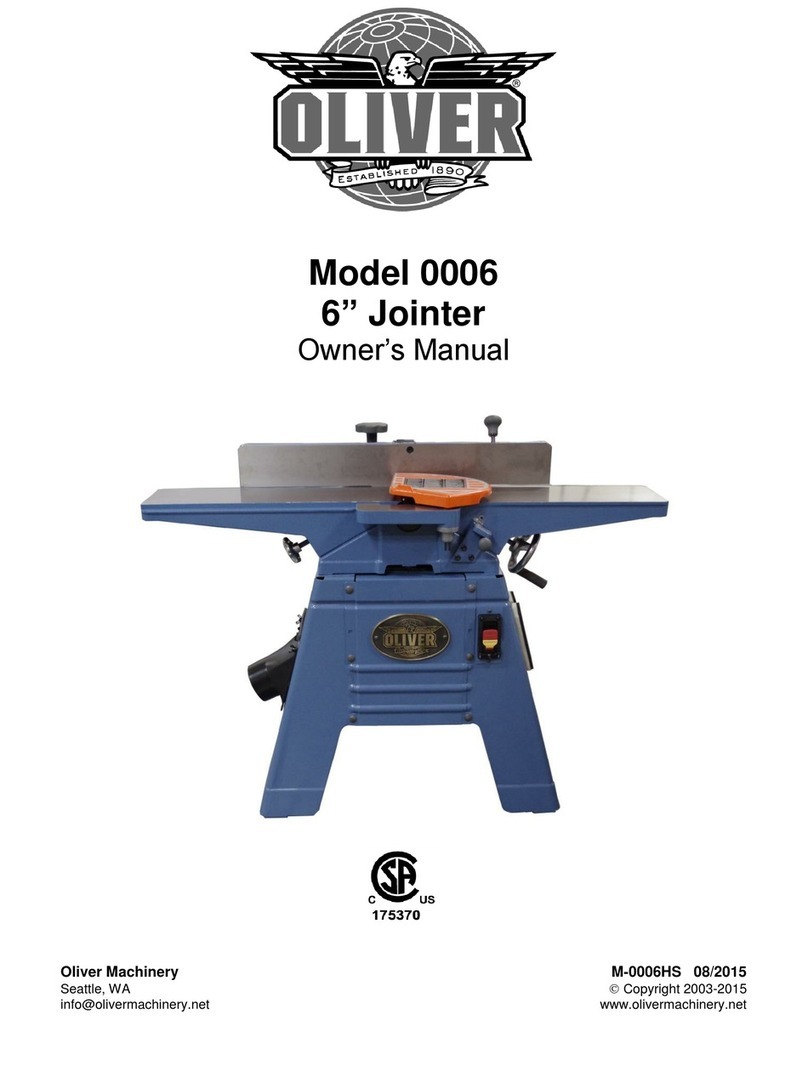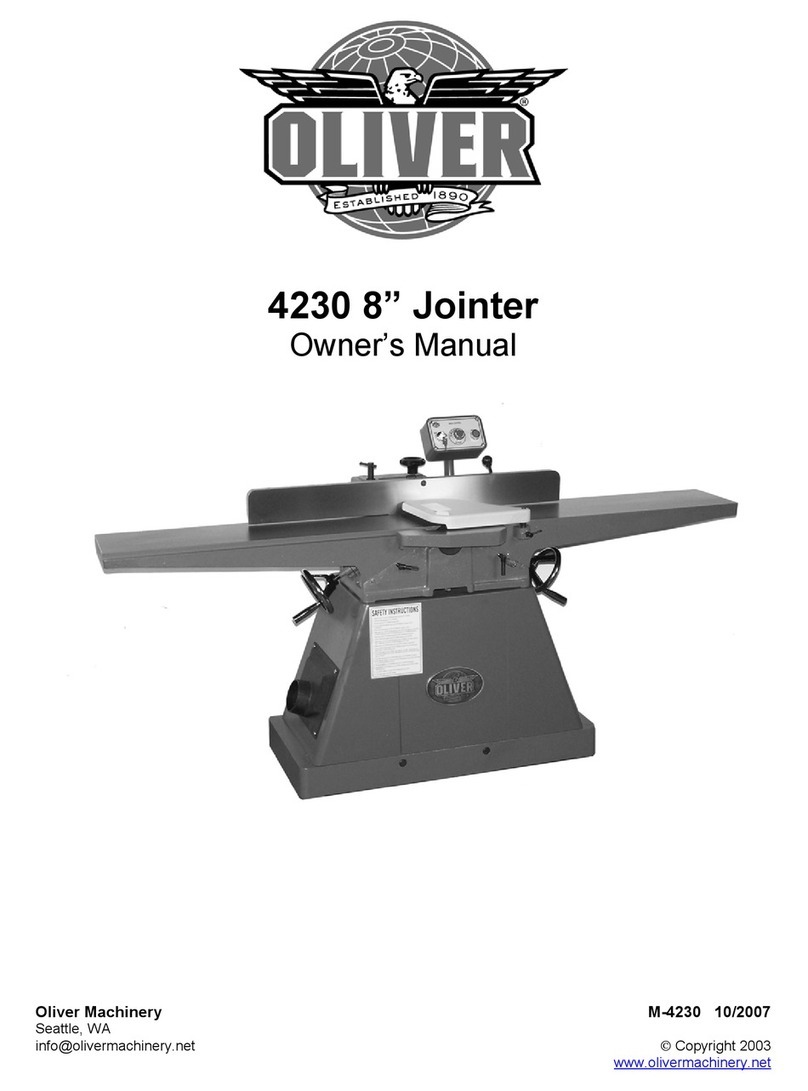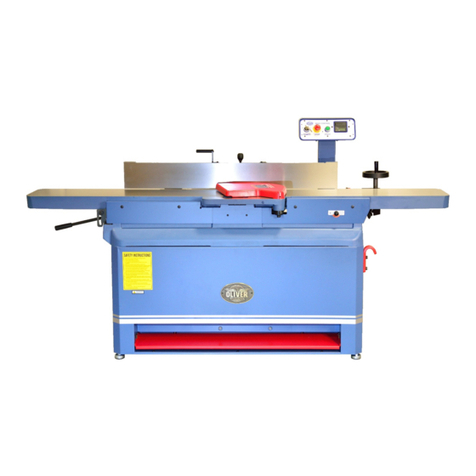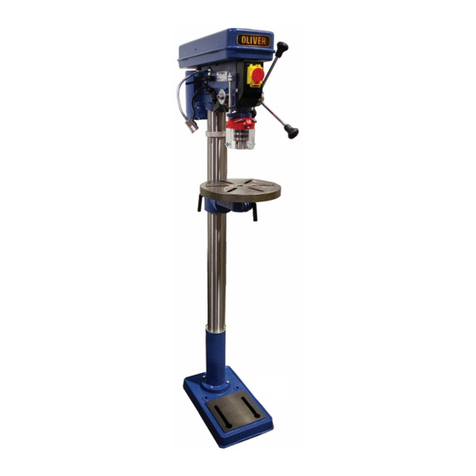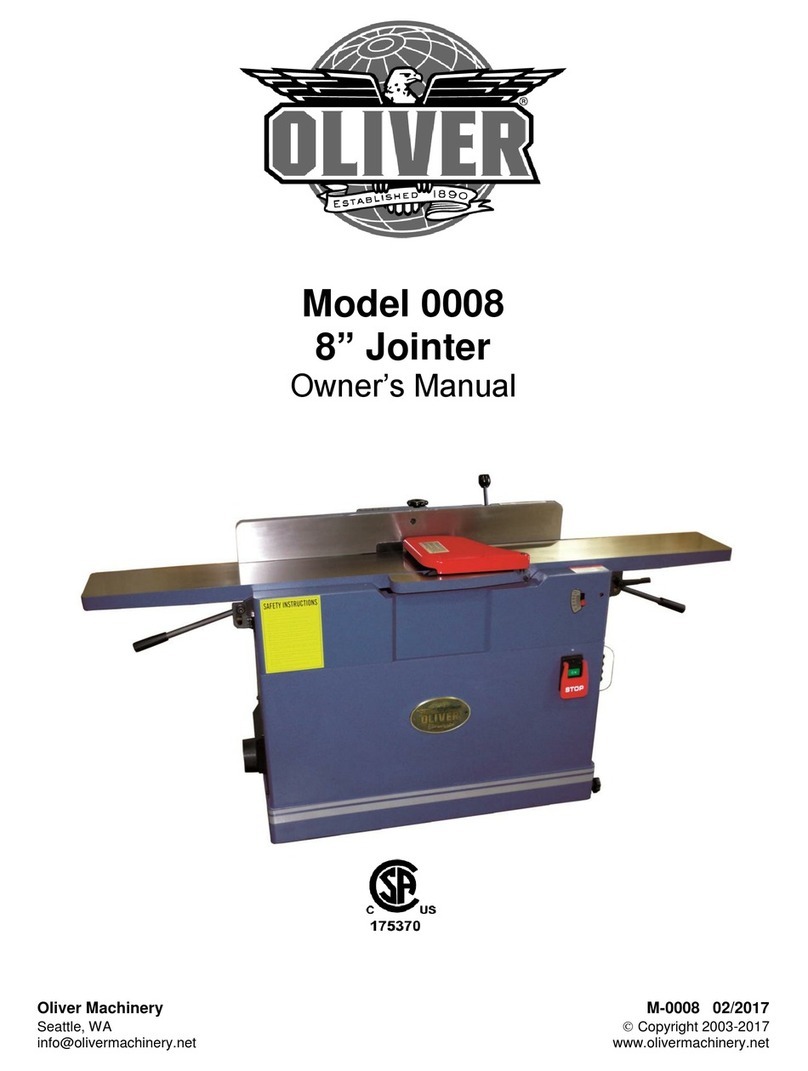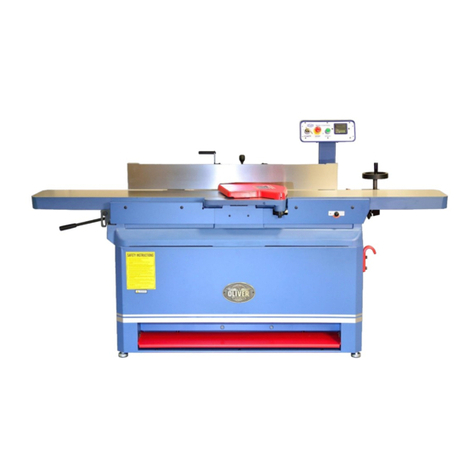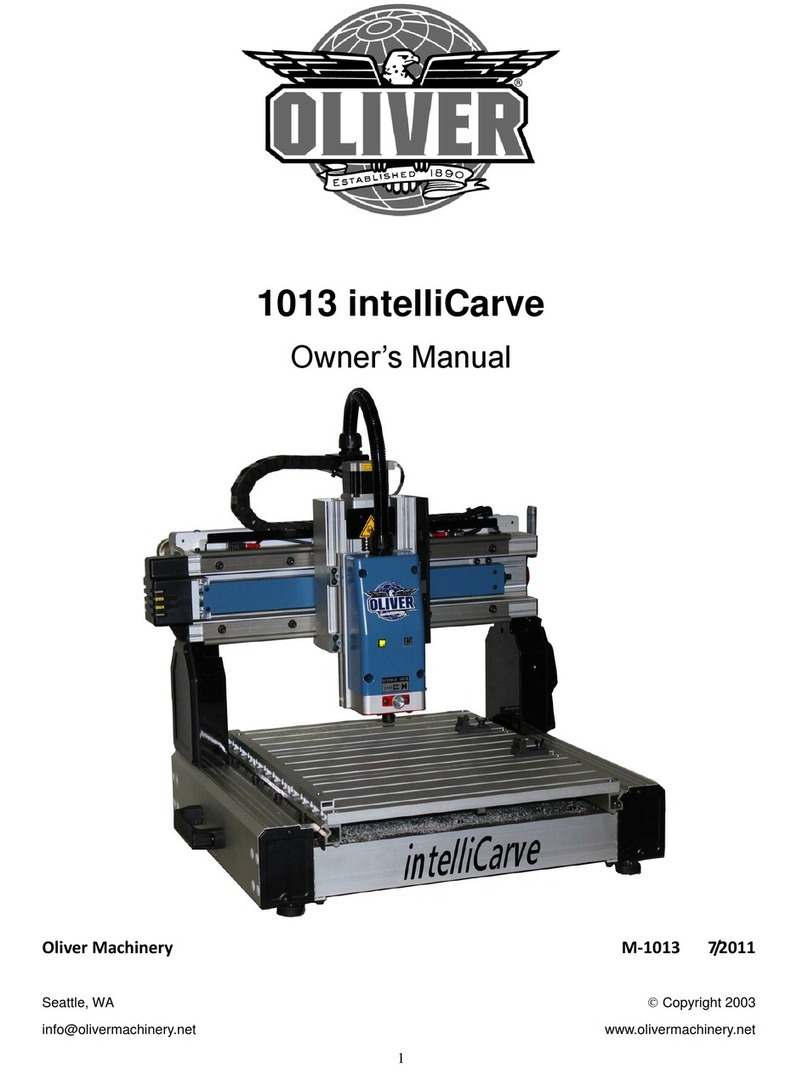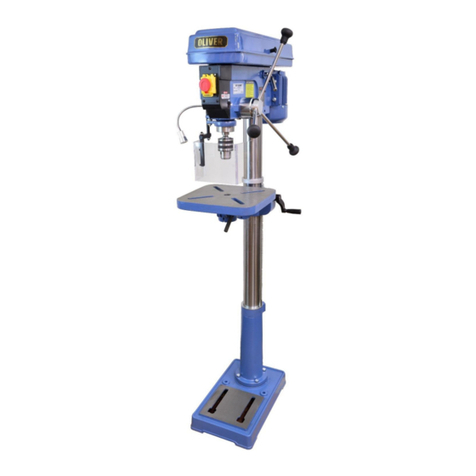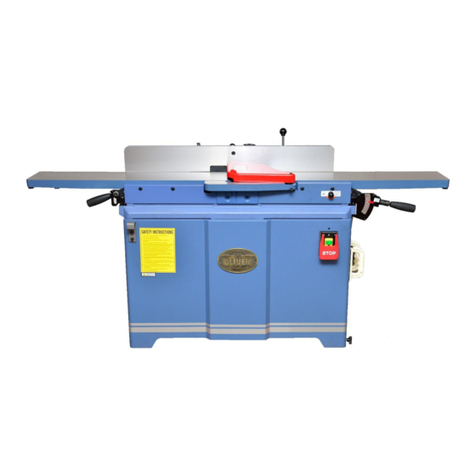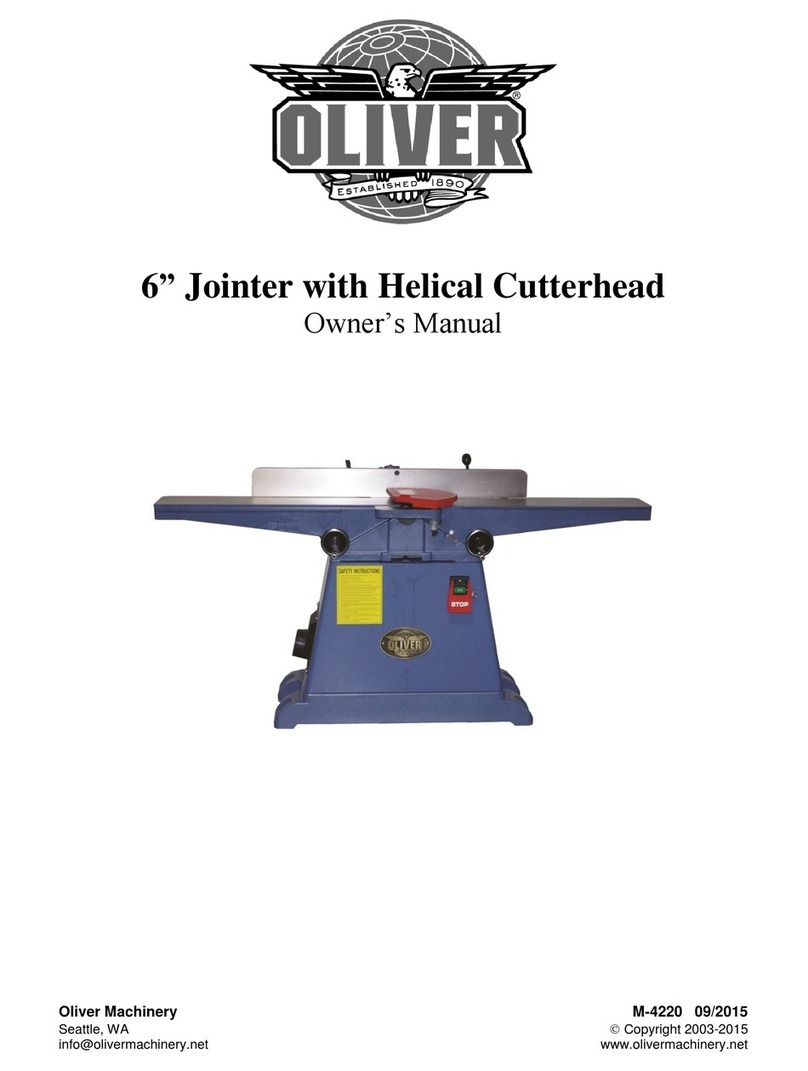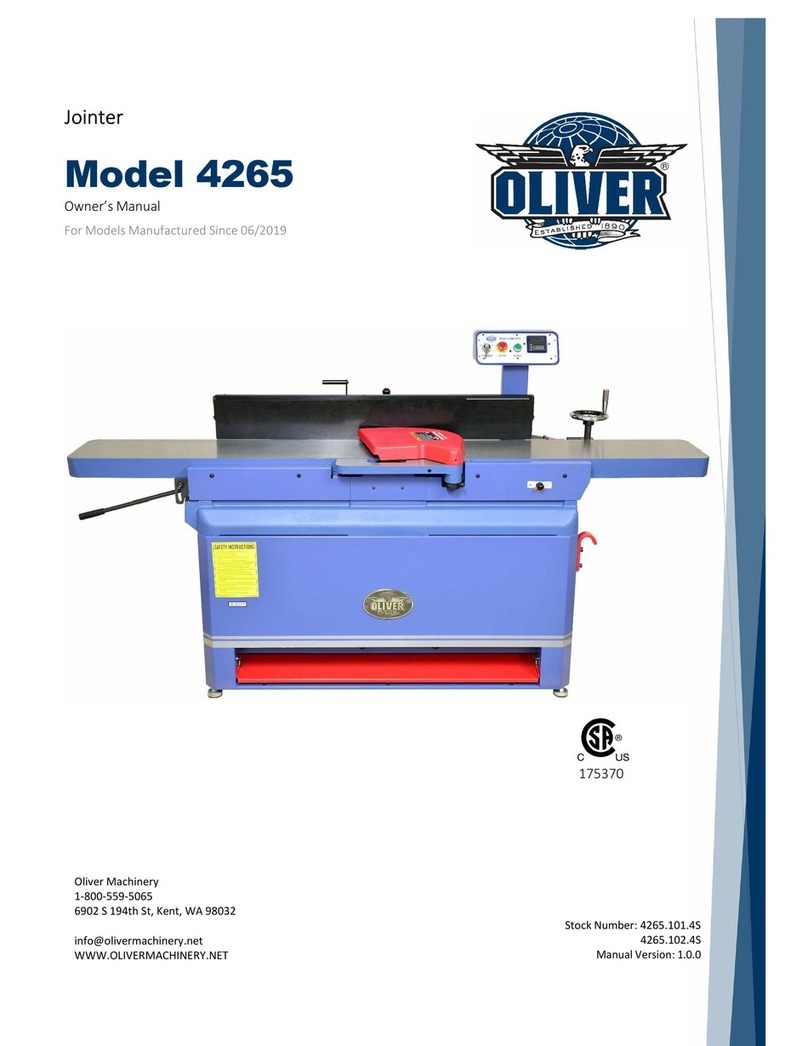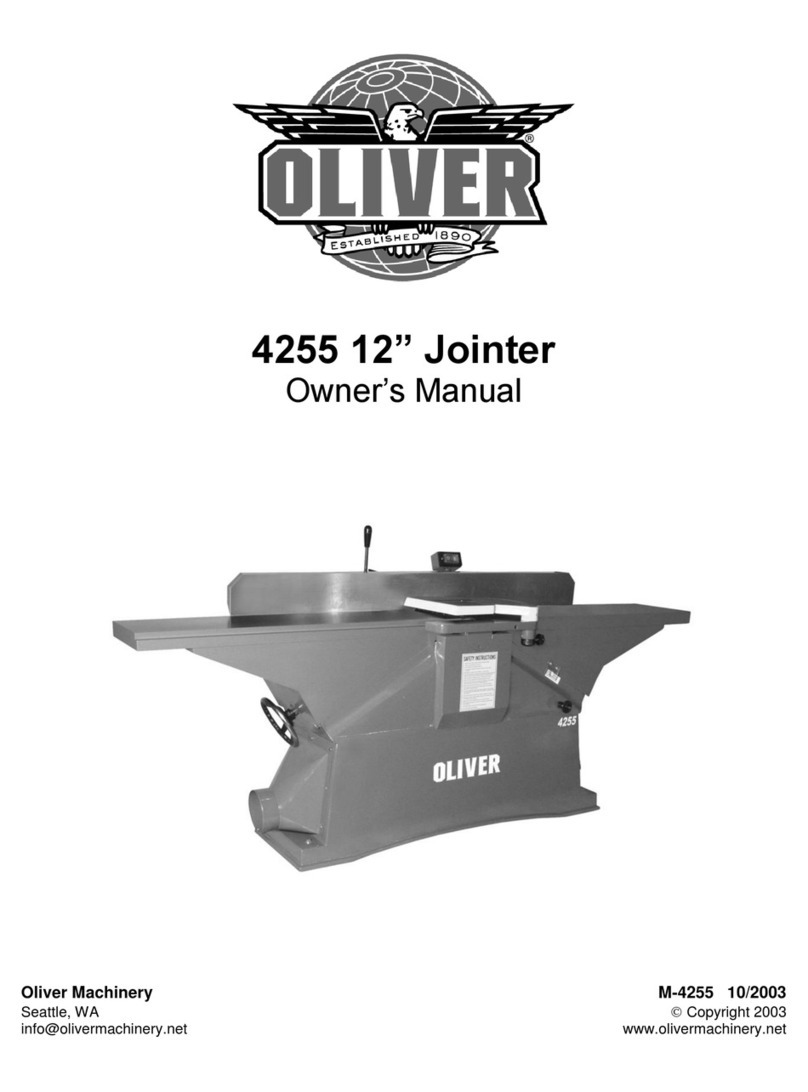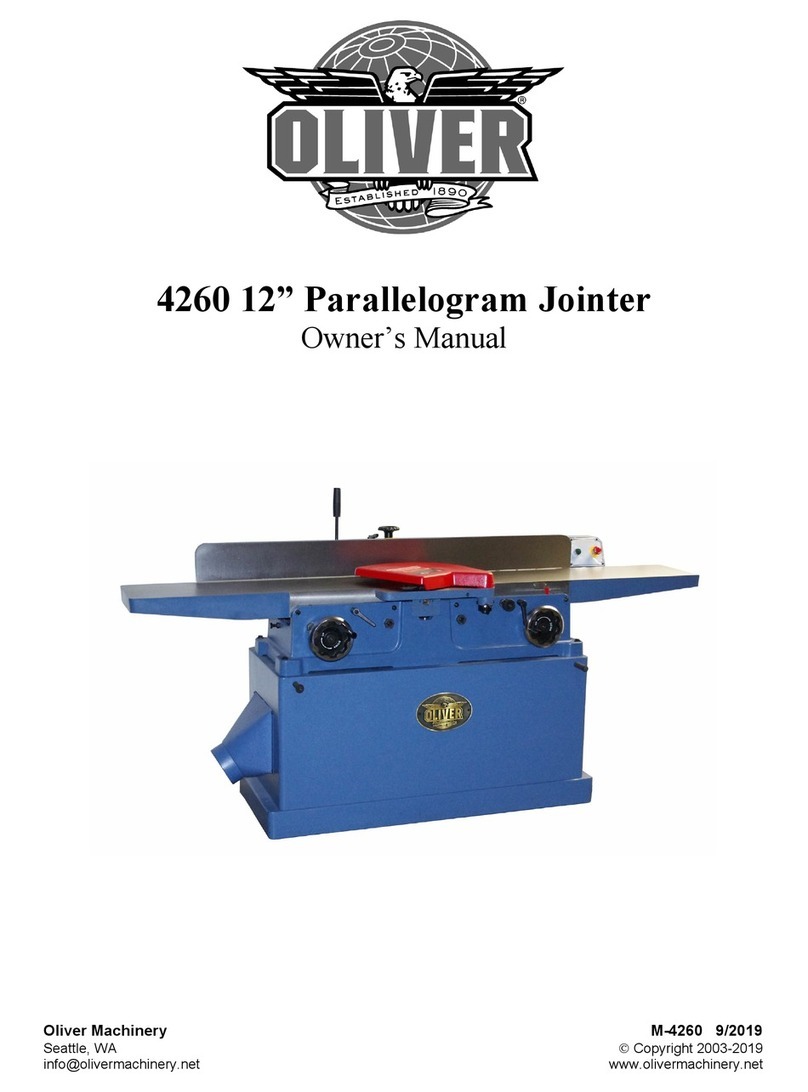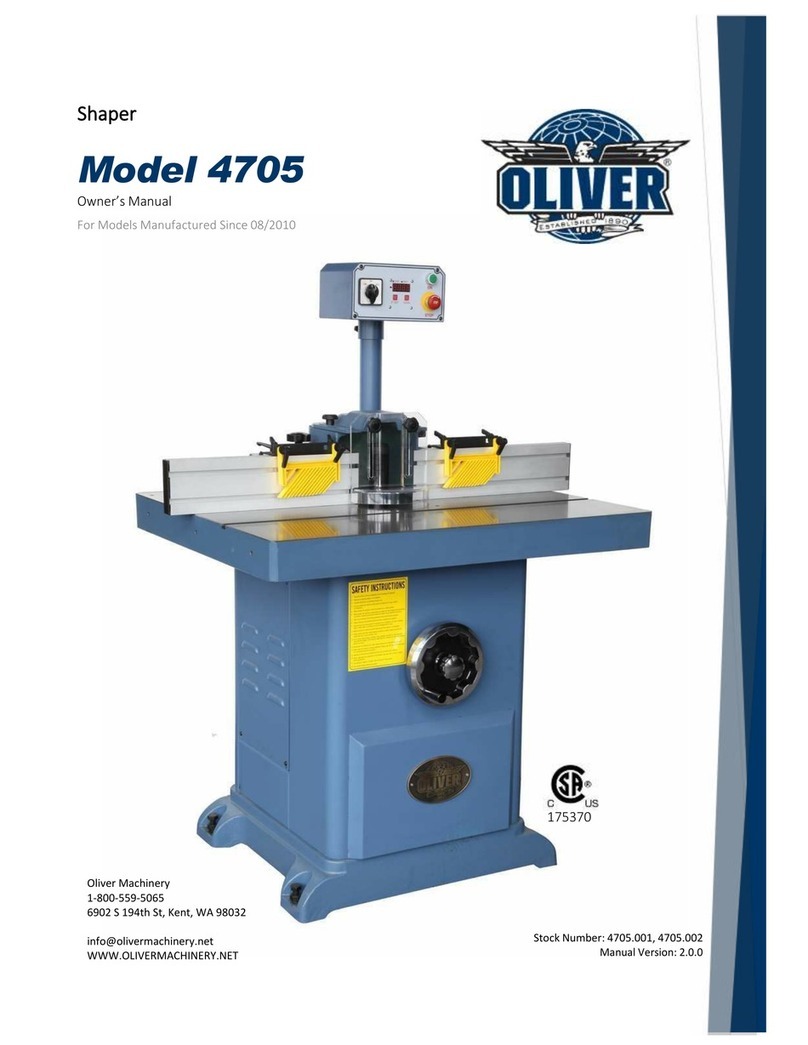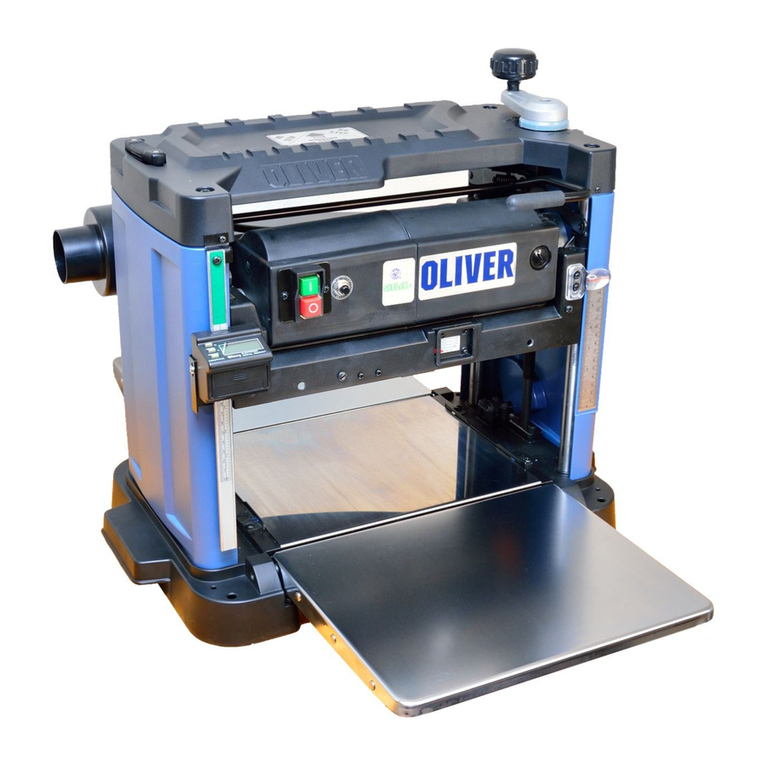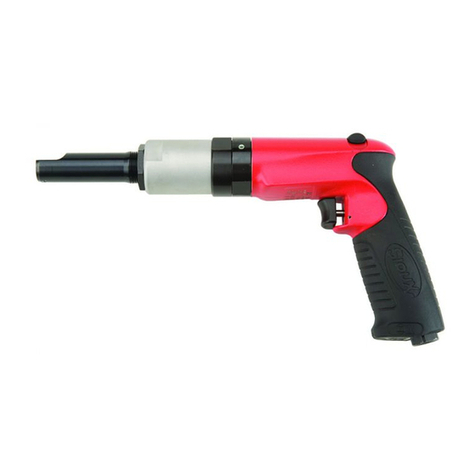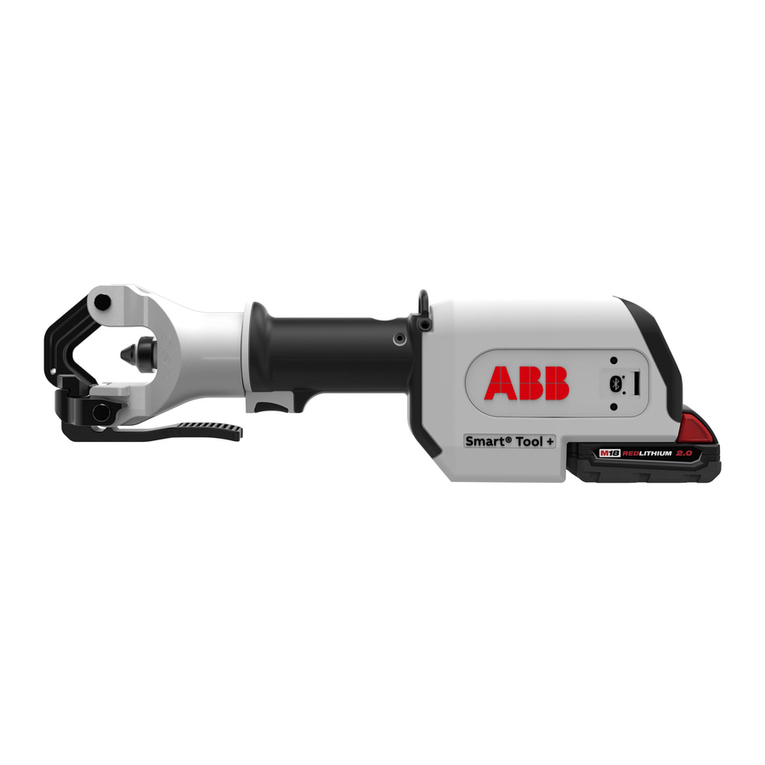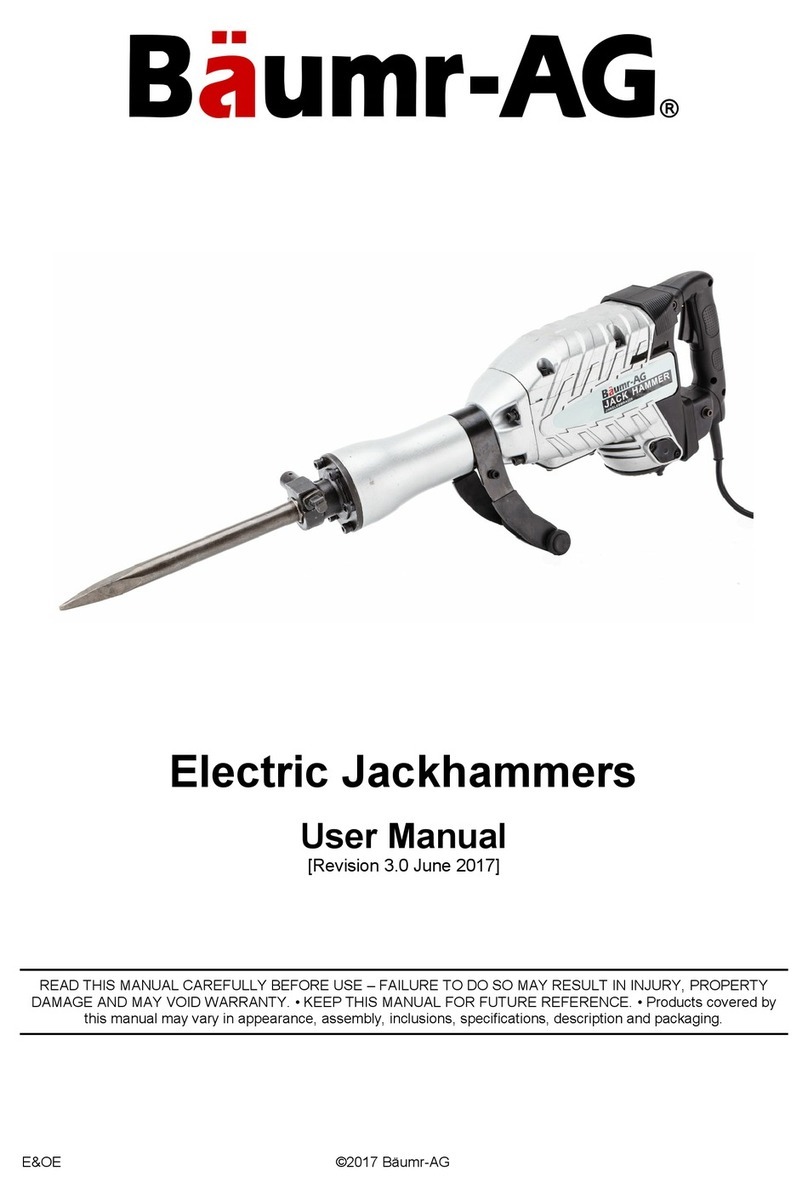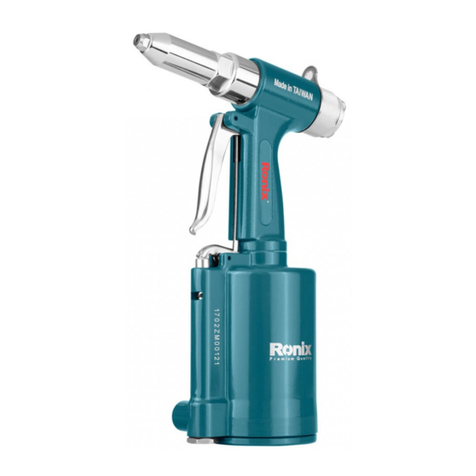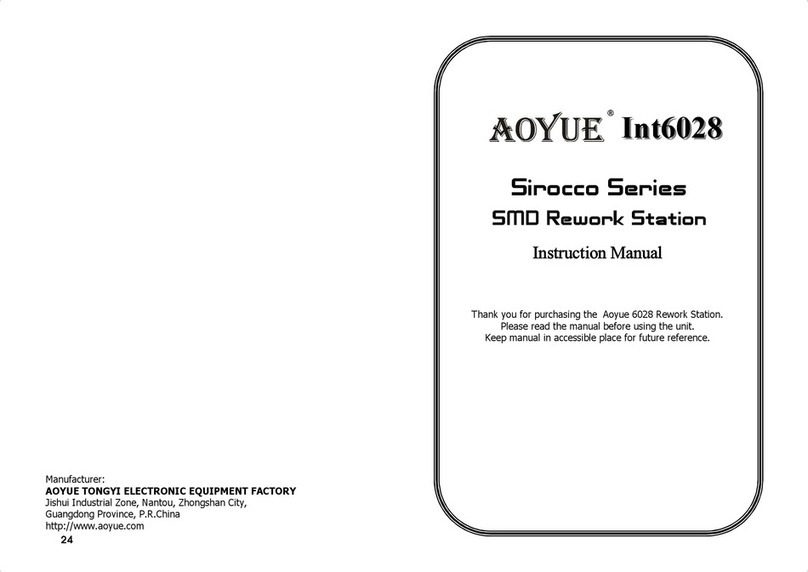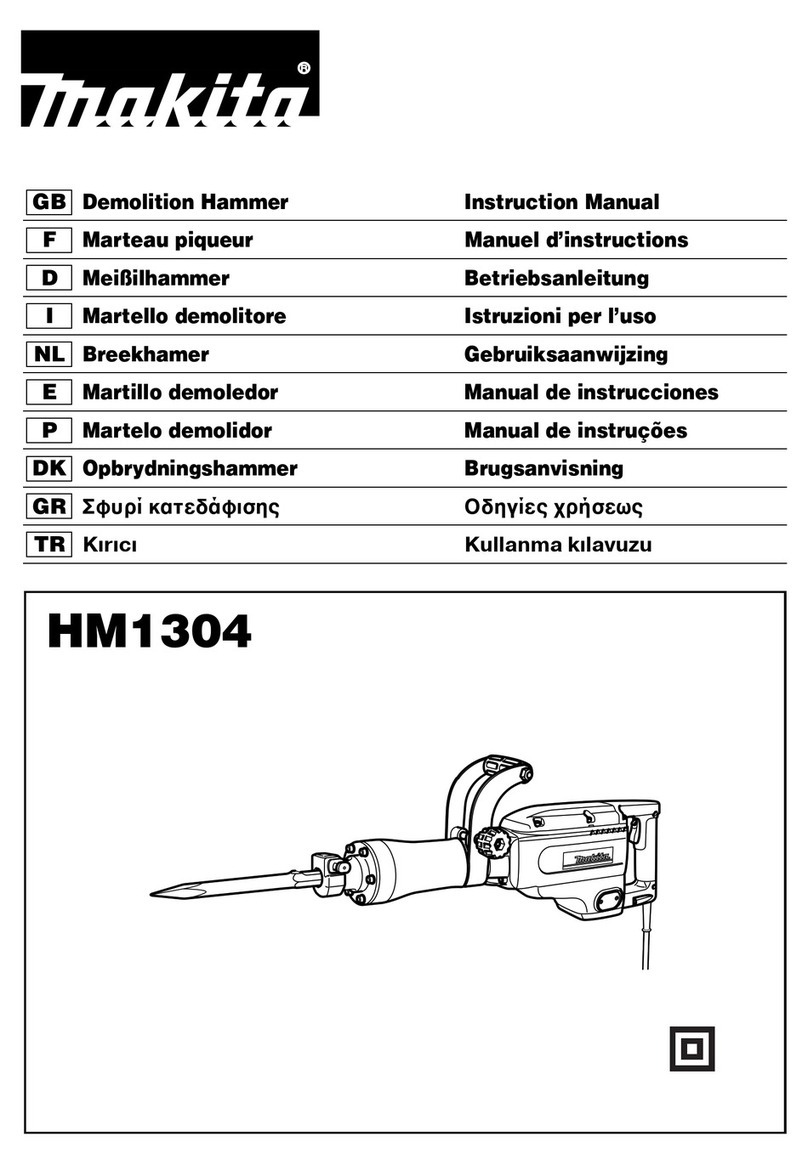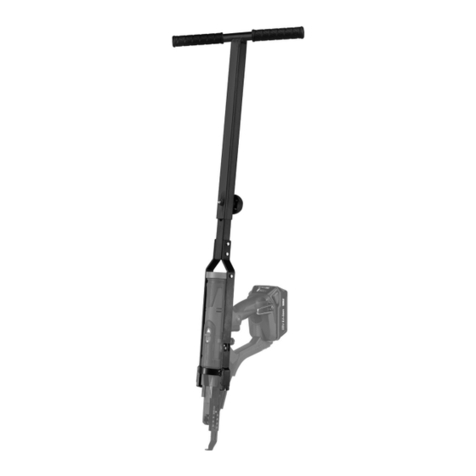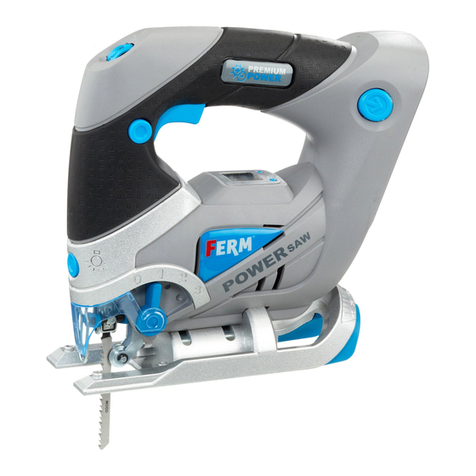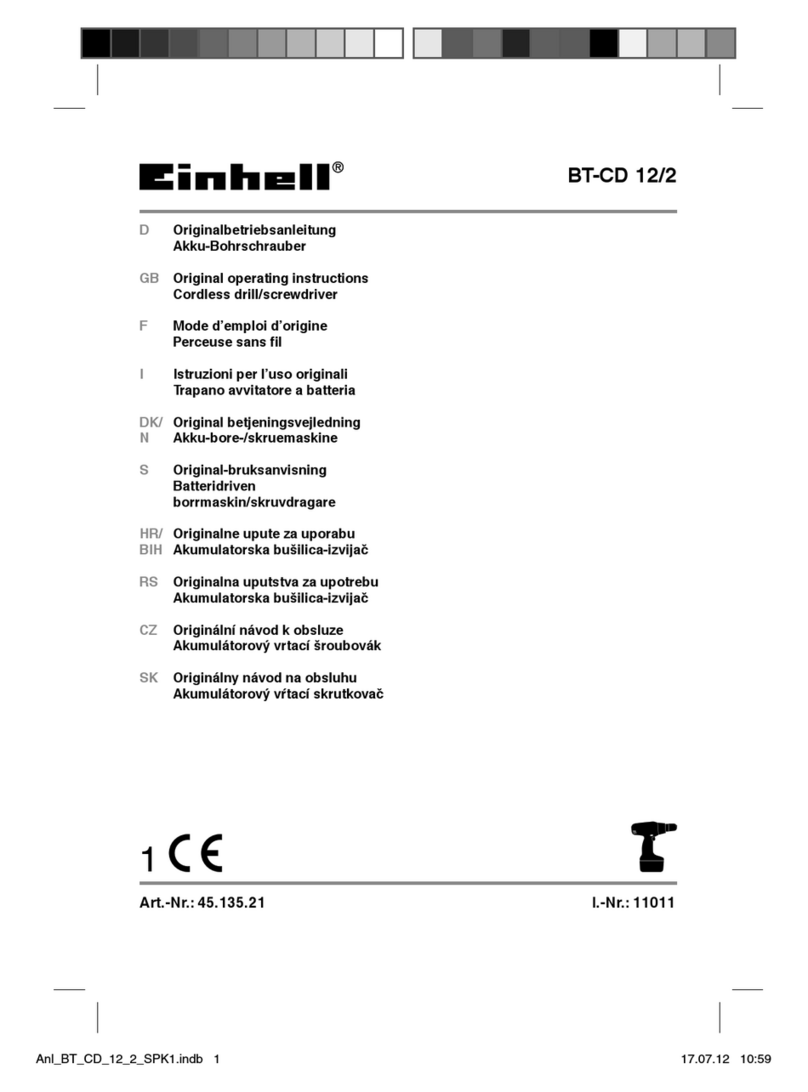
Table of Contents Page Number
Warranty........................................................................................................................................................ 2
Warnings ....................................................................................................................................................3-4
Table of Contents.......................................................................................................................................... 5
Specifications ................................................................................................................................................ 5
Contents of the Shipping Containers ............................................................................................................ 6
Uncrating the Machine .................................................................................................................................. 6
Machine Preparation and Setup ................................................................................................................... 6
Dust Collection .............................................................................................................................................. 7
Electrical Connections................................................................................................................................... 7
Stop/Start Switch........................................................................................................................................... 7
Fence............................................................................................................................................................ 8
Installation of the Fence ................................................................................................................................ 8
Fence Legend ............................................................................................................................................... 8
Adjustment of he 90 Degree Stop................................................................................................................. 8
Fence Operation ........................................................................................................................................... 8
Knives........................................................................................................................................................... 9
Installation of the Knives ............................................................................................................................... 9
Adjusting the Outfeed Table ....................................................................................................................... 10
Operation ................................................................................................................................................... 10
Hand Safety and Placement ....................................................................................................................... 10
Jointing ........................................................................................................................................................ 11
Direction of the grain ................................................................................................................................... 11
Edging ......................................................................................................................................................... 11
Facing.......................................................................................................................................................... 11
Beveling....................................................................................................................................................... 12
Rabbeting.................................................................................................................................................... 12
Adjusting the Infeed Table Height............................................................................................................... 12
Maintenance .............................................................................................................................................. 13
V-Belts......................................................................................................................................................... 13
Lubrication................................................................................................................................................... 13
Knives.......................................................................................................................................................... 13
Table Leveling............................................................................................................................................. 13
Troubleshooting........................................................................................................................................ 14
Specifications
Model No................................................................................................................................................. 4270
Stock No (5HP, 1PH, 220 Volt) ........................................................................................................ 4270.001
Stock No.(7.5HP, 3PH, 220/440 Volt, pre-wired 220 Volt) .............................................................. 4270.002
Stock No.(5HP, 1PH, 220 volt, spiral head).................................................................................... 4270.101
Stock No (7.5HP, 3PH, 220/440 volt, pre-wired 220 Volt, spiral head) ........................................... 4270.102
Infeed Table Travel (in.) ................................................................................................................................ 1
Cutterhead speed (RPM) ........................................................................................................................ 6000
Number of Knives (Straight).......................................................................................................................... 4
Numbe of Knives (Spiral) .............................................................................................................................. 3
Rabbeting Capacity (in.)............................................................................................................................. 3/4
Dust Port Diameter (in.) ................................................................................................................................ 6
Table Dimensions (L x W/in.) ............................................................................................................ 102 x 17
Table Height (In.) ........................................................................................................................................ 32
Fence Dimensions (L x H/in.)....................................................................................................68-1/2 x 5-1/2
Fence Tilts (deg.) .................................................................................................................................90 - 45
Positive Stops (deg.) ....................................................................................................................... 90 and 45
Shipping Dimension (L x W x H/in.) .......................................................................................... 104 x 36 x 39
Overall Dimensions ................................................................................................................... 102 x 45 x 40
Gross Weight (lbs.) ................................................................................................................................. 1750
CFM............................................................................................................ 884CFM at 4500FPM air velocity
5
